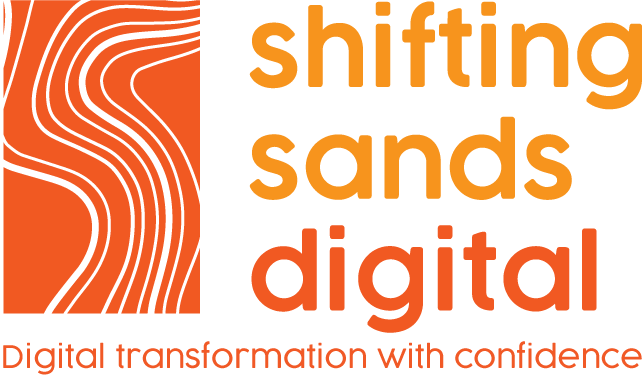Summary
- Generative AI and its potential: Generative AI is a technology that can produce realistic text, images, audio, video, and code based on prompts. It can be used in various fields and jobs, and it is accessible to anyone. It can also help with learning and professional development.
- Generative AI and talent management: Generative AI can help with recruiting, performance reviews, career paths, and skill development. It can also speed up the onboarding and productivity of new workers. It can augment human work and judgment, not replace it.
- Generative AI and its risks: Generative AI can also amplify bias, infringe on intellectual property, reduce creativity, and cause harm. It requires careful problem solving, ethical standards, transparency, accountability, and regulation. It also needs human oversight and input.
- Generative AI can enable more self-service, productivity, and experience enhancements for employees and managers, by providing conversational workflows, personalized information, and tailored recommendations.
- Generative AI can also help HR professionals become more strategic partners to the business, by freeing up their time from administrative tasks, providing deeper insights into talent and performance, and supporting organizational transformation and innovation.
- Generative AI poses some challenges and risks for HR, such as ensuring data quality and security, managing ethical and legal implications, and fostering trust and collaboration among human and machine agents.
- HR leaders need to embrace generative AI as an opportunity to learn, experiment, and adapt, by developing new skills, mindsets, and capabilities, creating a culture of curiosity and agility, and leveraging best practices and frameworks.
The article concludes by stating that generative AI is a powerful, accessible, and disruptive technology that can change the way we work. HR leaders have a unique role to play in harnessing its potential and mitigating its pitfalls, both for themselves and for the rest of the organization.

